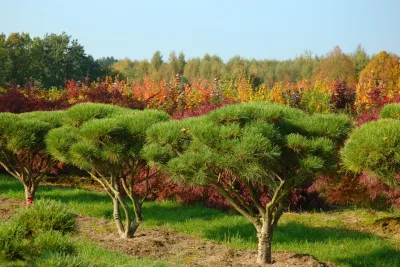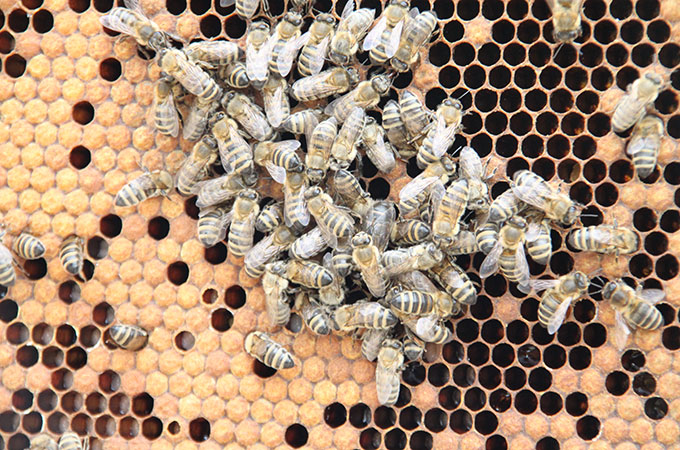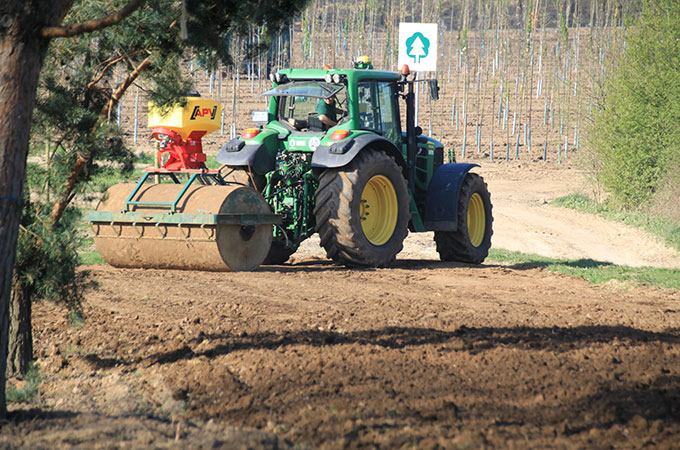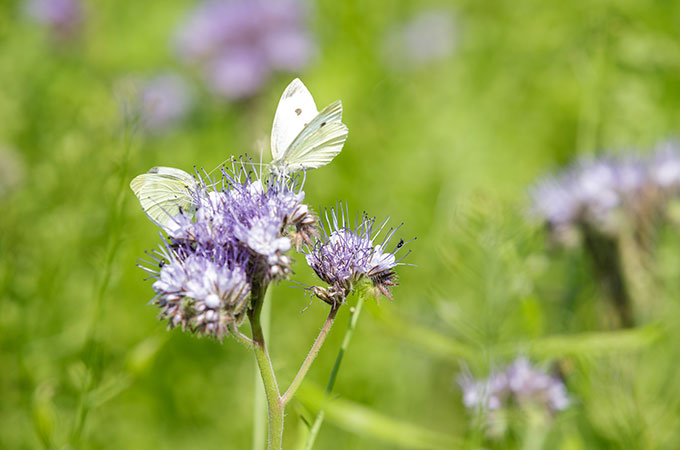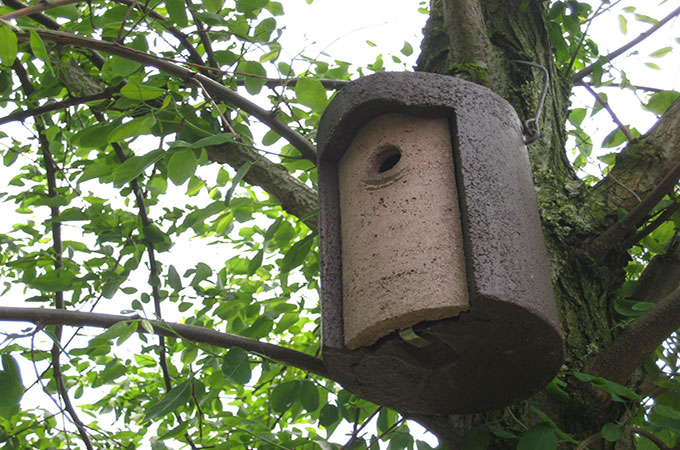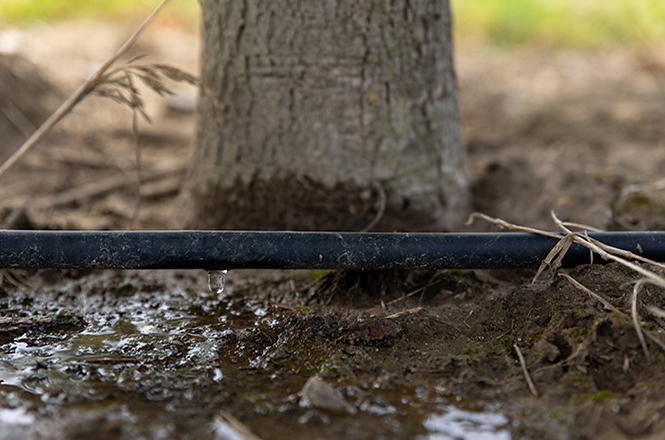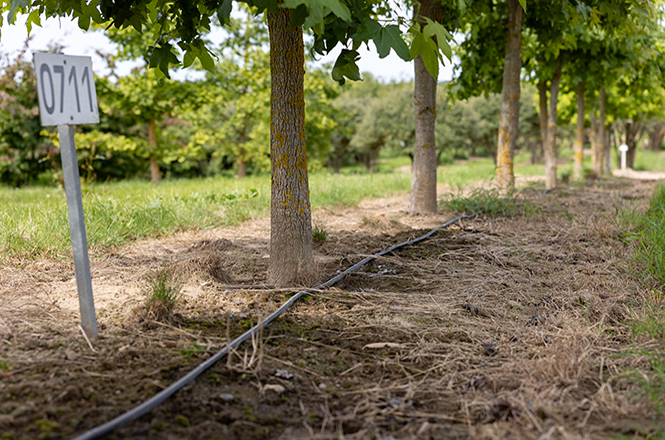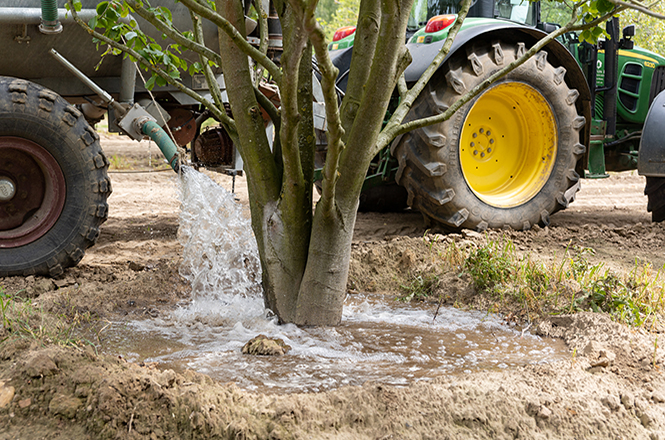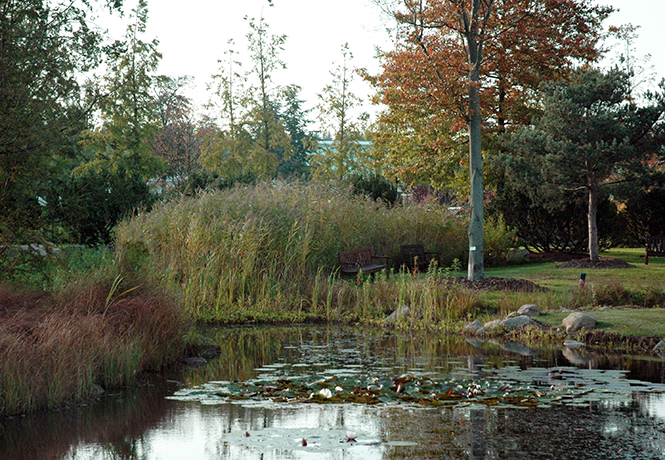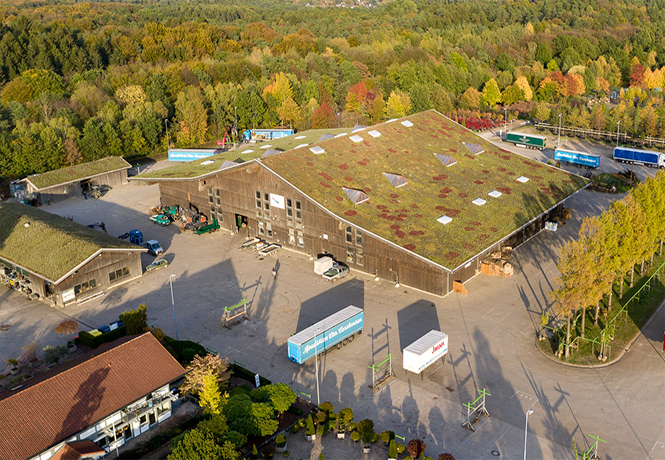Environmental protection
Sustainability
by Lorenz von Ehren
Environmental protection – sustainability at Lorenz von Ehren
But we do much more too!
Our actions
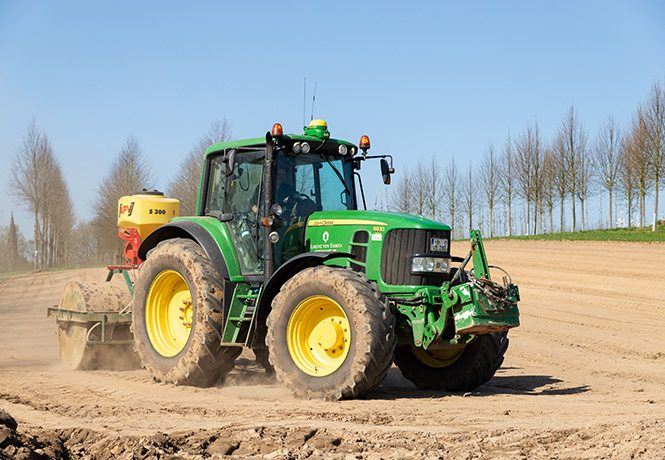
Sowing the bee seeding
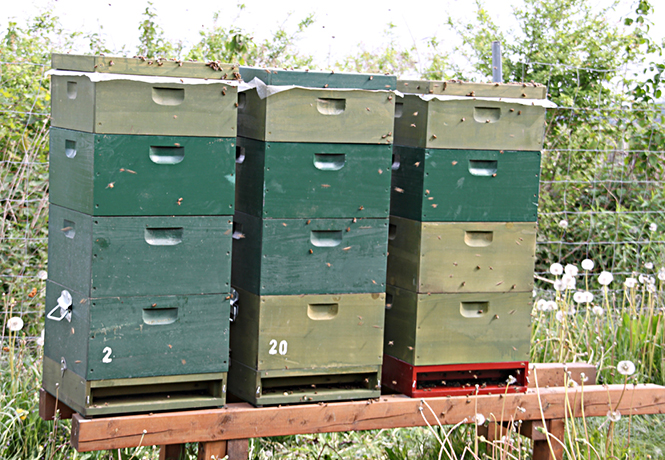
This is where our honey is produced
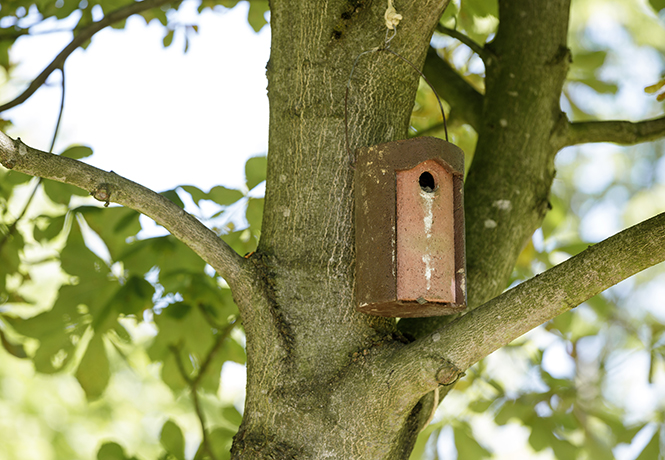
One of 250 nest boxes
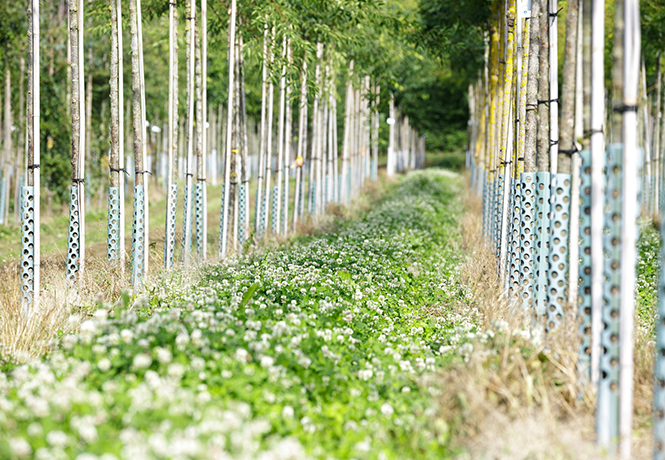
Clover as erosion protection
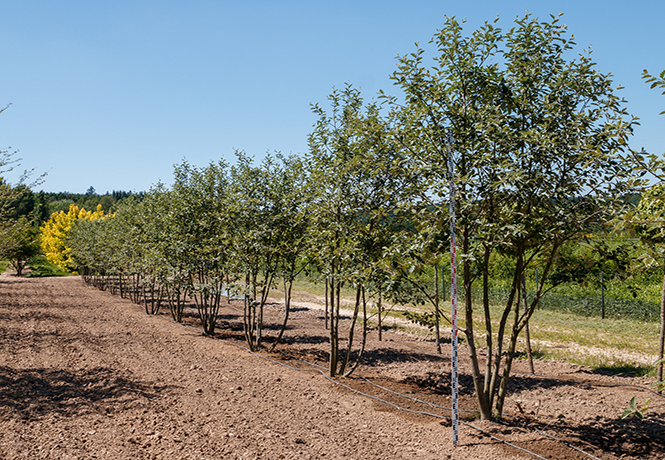
Drip irrigation
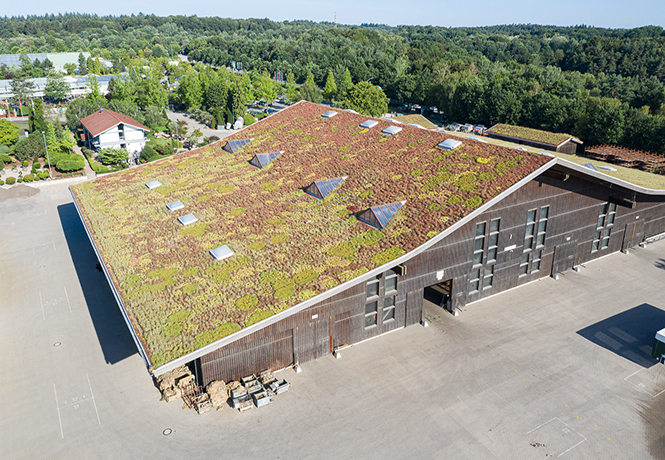
Green roof
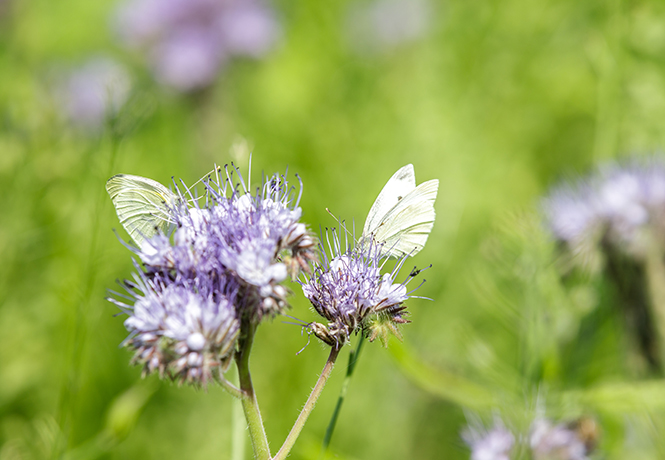
Habitat for insects and co.
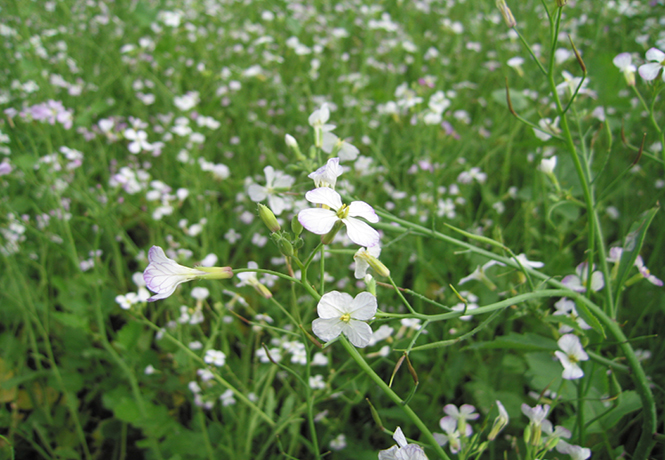
Oil radish as green manure

“Our actions are shaped by the awareness that our environment is unique and that we must live with and from it and not exploit it. Resource conservation, drip irrigation, electromobility, biodiversity, monitoring – factors that are of great importance in all aspects of our entrepreneurial activities.”
Bernhard von Ehren, managing partner
Green manure – recreation and feeding pastures
For years, the nursery has been promoting natural cycles, for example through the widespread use of green manure plants. Buckwheat, oil radish, white mustard, sunflowers and grass are suitable for this purpose. The following is achieved:
- a reduction in herbicide use by at least 80 %
- shading reduces soil desiccation
- soil loosening up to a depth of 80 cm
- better flow of water through the soil (e.g. drainage)
- no further soil cultivation in the growing season
- promotion of soil life
- favourable microclimate due to uniform temperature, oxygen and water balance in the soil
- healthy plant growth
- addition of organic matter
- environmentally friendly return of energy
For flora and fauna, green manure provides invaluable benefits and is visible from afar. The flowering crops are pasture for bees and brings swathes of colour to the landscape.
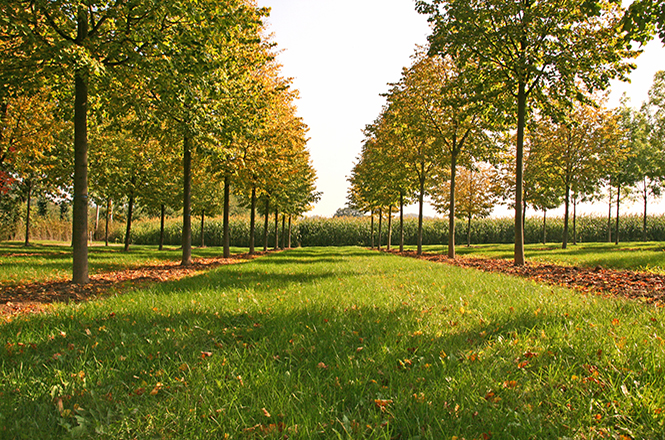
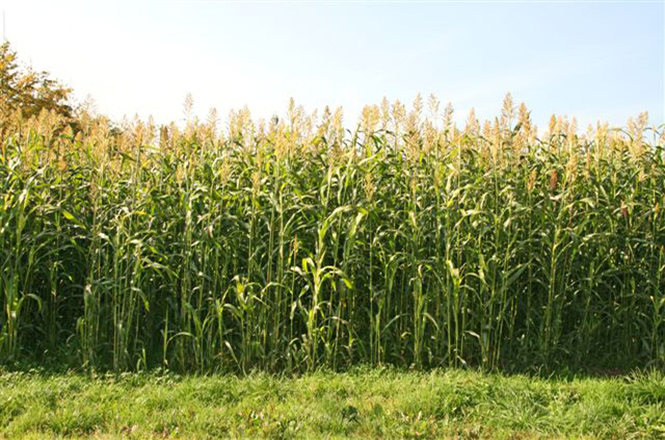
Animal welfare – the nursery as a comfortable home
As active bird protection, we offer the birds optimal living conditions, among other things by installing around 250 nesting boxes. And we benefit from this too, because the animals help us to protect our trees from pests.
And so it is that we maintain a high diversity of species on our cultivated areas, with our farms serving as a habitat and source of food for even small organisms, such as bees. Our healthy bee colonies, in particular, are an indicator of our environmentally friendly production, with not only the honeybees but also the wild bees feeling right at home with us.
With 10,000 m² of tree nursery area, we support the Blühende Landschaft network’s “BienenBlütenReich” project and have also released several hectares of land for self-initiated insect protection.
A nursery generally offers the bees many food sources, because trees such as field maple (Acer campestre), linden (Tilia), chestnut (Castanea sativa), apple (Malus in various species and varieties) or oak (Quercus petraea, Quercus robur) are natural food sources for insects such as honeybees, wild bees and bumblebees
We’re doing our part for the environment
Overall, the situation for all nectar and pollen-collecting insects, such as honeybees and wild bees or butterflies, has deteriorated enormously in our landscape. Flower-visiting insects perform important functions in nature, on which humans are also dependent, such as the pollination of wild and crop plants.
Unser Wasser - Lebenselexier für Gehölze
Selbstverständlich gehen wir auch mit der Ressource Wasser schonend um und nutzen das auf unserem Betriebsgelände anfallende Abwasser, ob Grau- oder Oberflächenwasser, nach einer Reinigung (Bild: Schilfkläranlage) weiter. So verhindern wir, dass kostbares Wasser versickert oder direkt in das Kanalnetz abgegeben wird.
Entsprechend sparsam verwenden wir Wasser und nutzen für die Bewässerung unserer Gehölze eine punktuelle Tröpfchenbewässerung und Gießränder.
Our ecological compensation areas – a lot going on up top
The central building on the company premises is the 92 x 60 m shipping hall. A workshop and a depot were built in the immediate vicinity.
In June 1994, all three buildings were given extensive green roofs over a total area of 6740 m². The vegetation mat on the shipping hall is about 5 mm thick. The species-rich mixed vegetation comprises drought-resistant and stress-conditioned mosses, thick-leaf plants (sedum), herbs and grasses. The slope of the roof also results in different, varied habitats for insects.

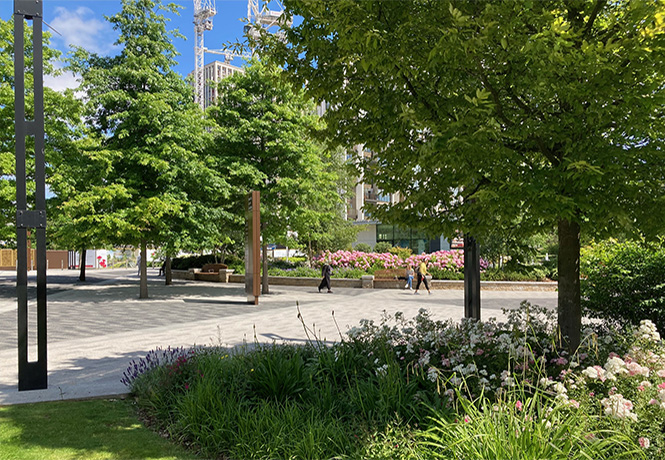
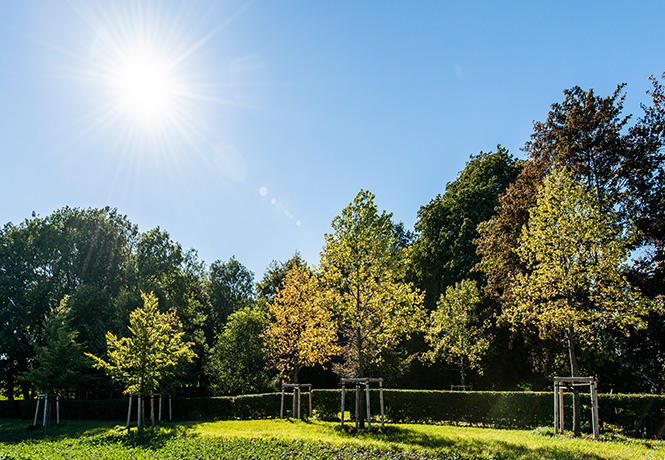
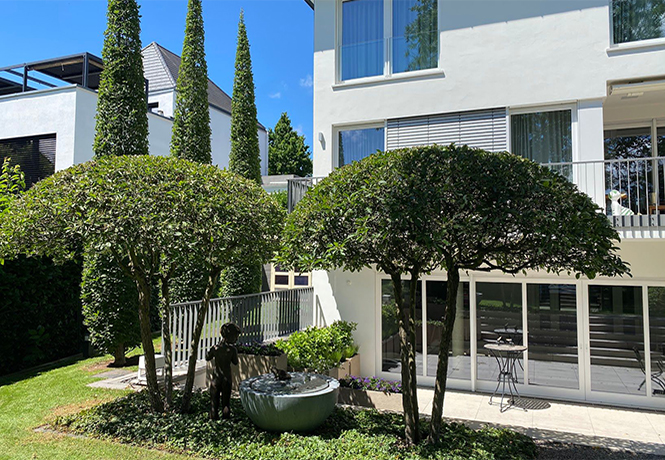
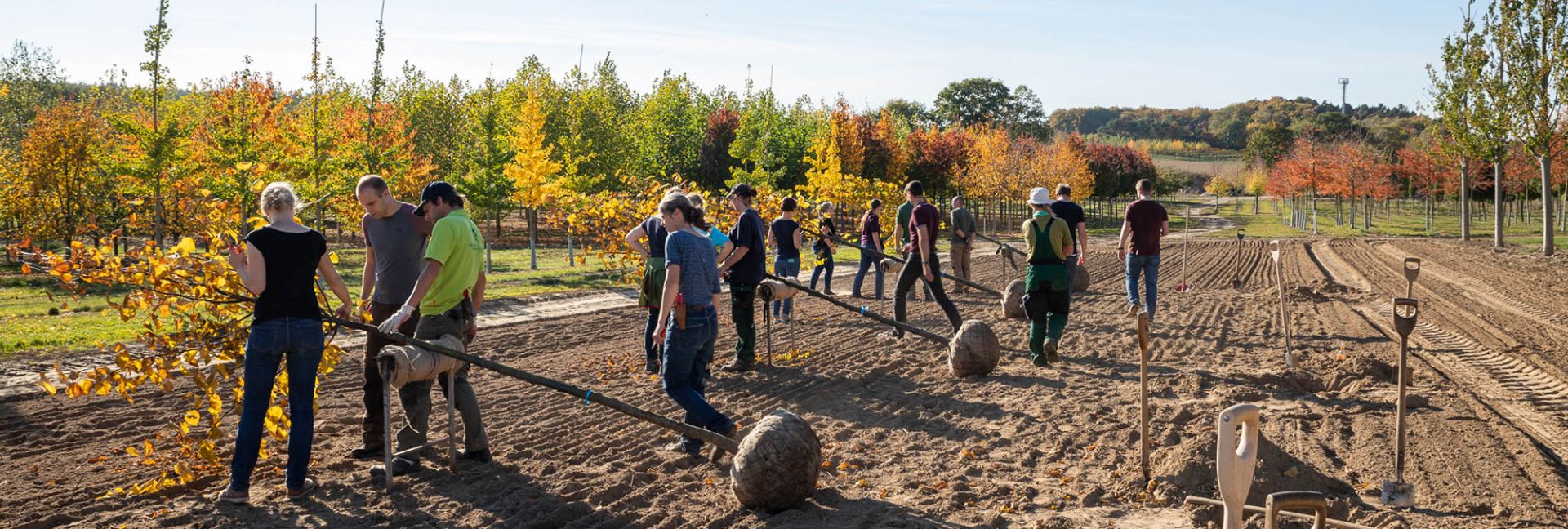
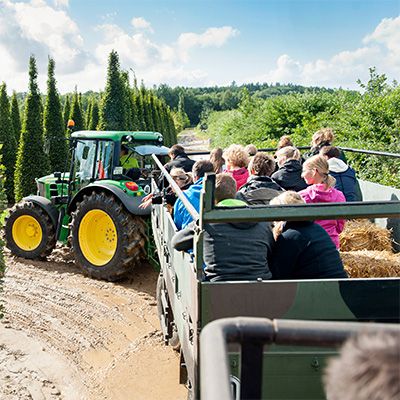
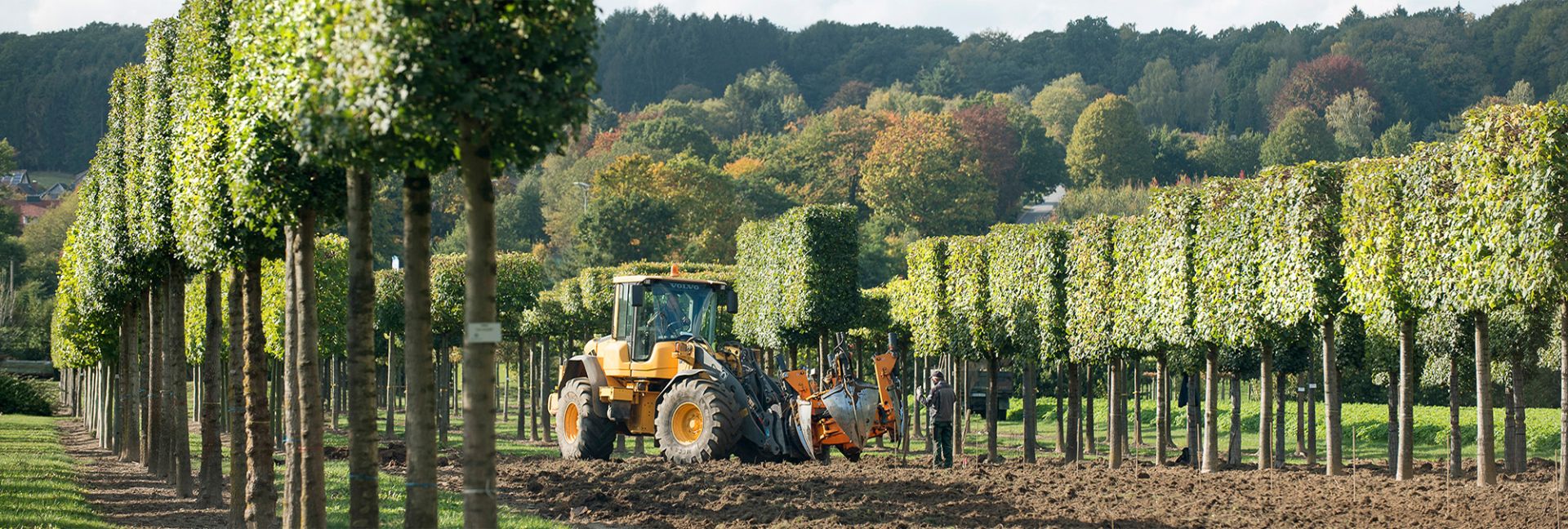
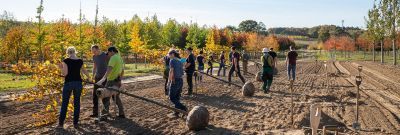
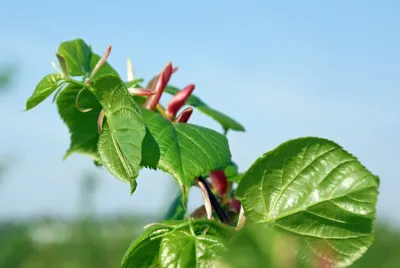
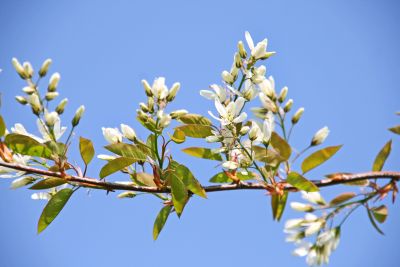
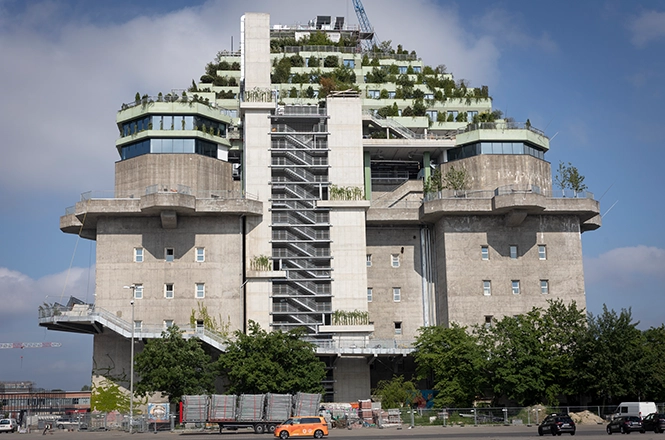
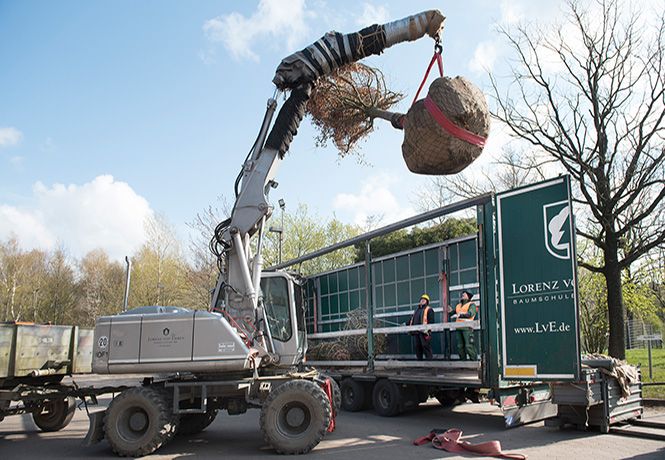
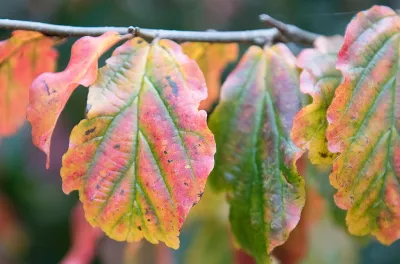
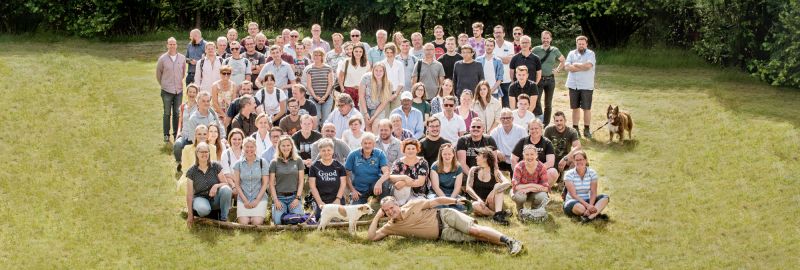
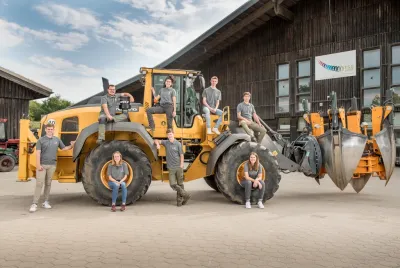
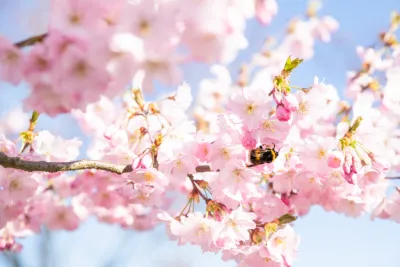
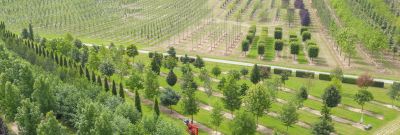
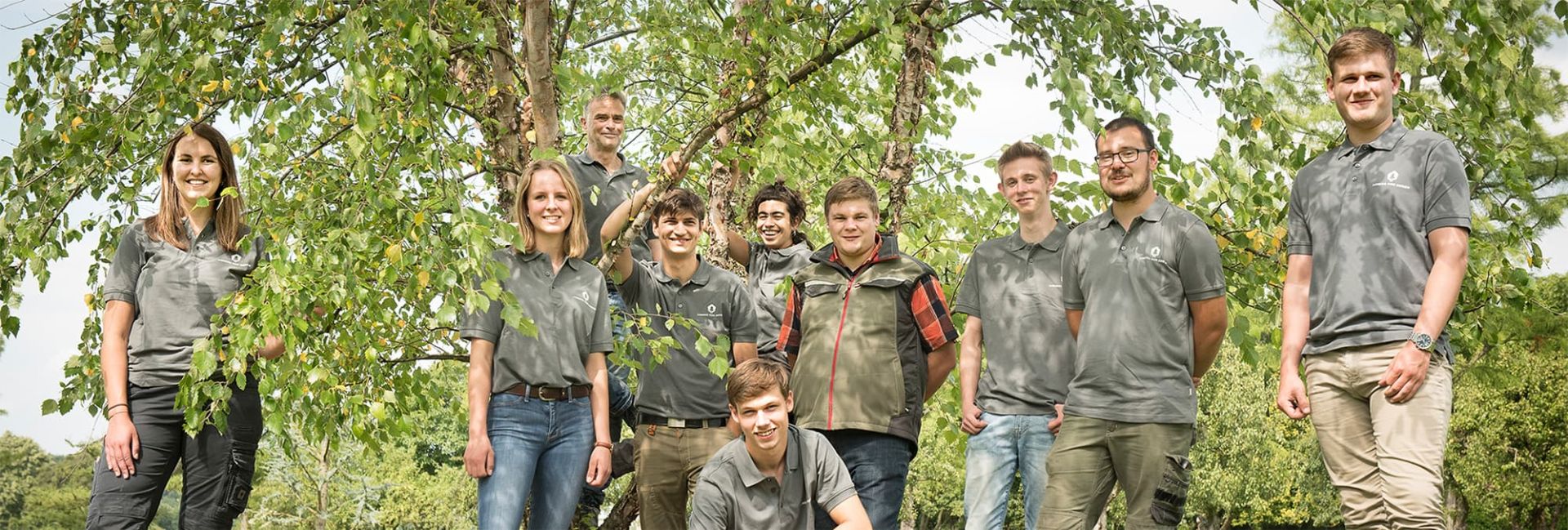
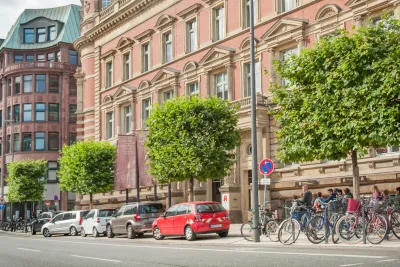
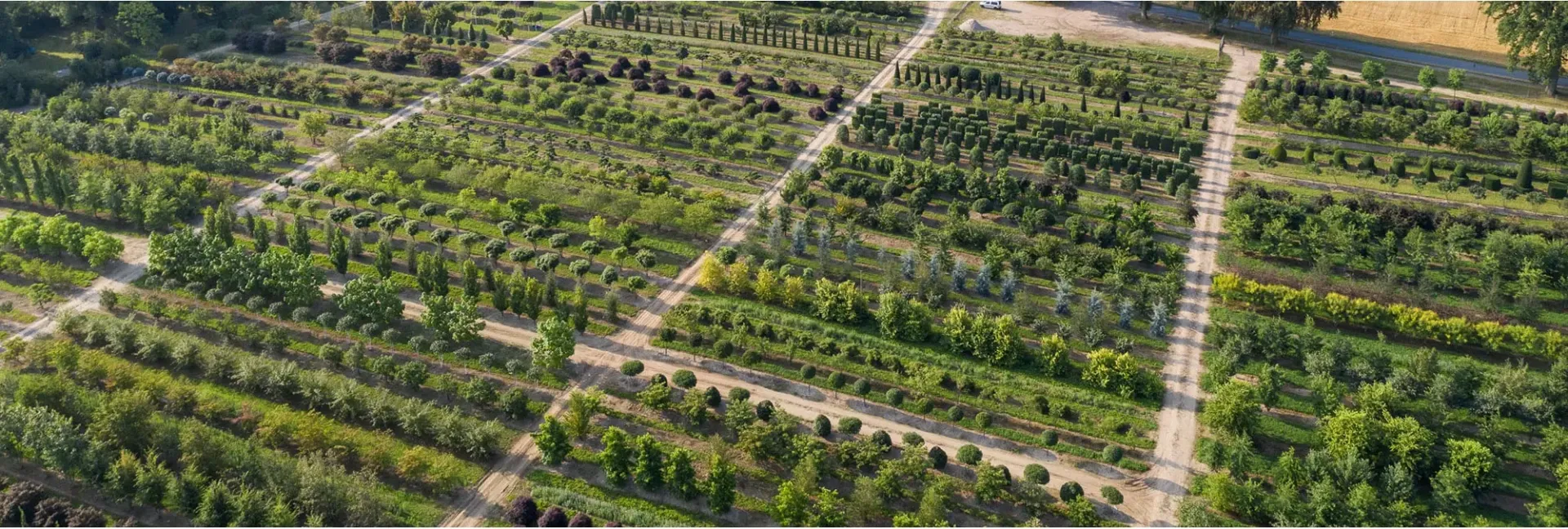
_400x400.webp)
